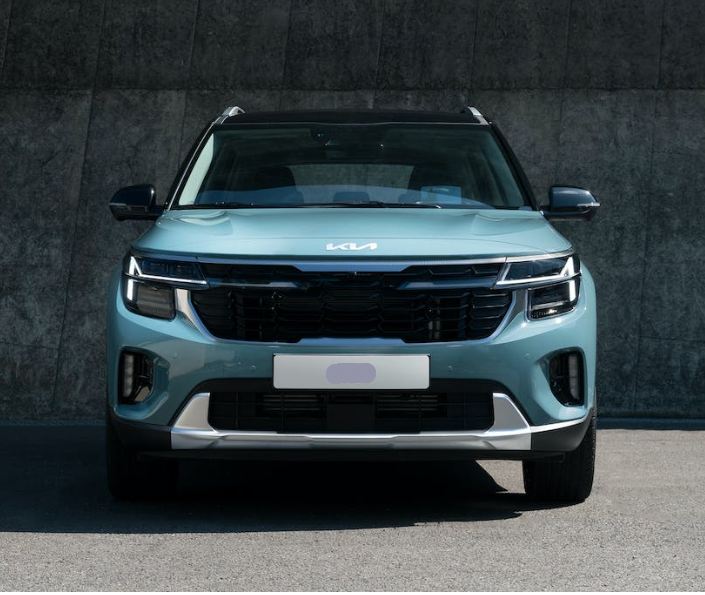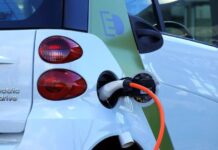After revealing images and specs of the Kia EV9 2024 earlier this month, we now have more details on the electric specifications of the Korean company’s all-new Kia EV9 2024.
The EV9 will be the Korean automaker’s first three-row electric SUV, and it looks like the concept we saw earlier. We now know exactly what to expect from the specs, including range, power, and its different classes.
With a range of up to 541 km in WLTP testing, the EV9 is already close to success.
The car’s full performance numbers come only slightly close to the U.S. Environmental Protection Agency (EPA) rating for the Tesla Model X. Of course, that’s for the long-range RWD model, which includes a larger 99.8 kWh battery that is also used in the all-wheel drive model.
Also, the Kia EV9 2024 is designed to have 800-volt batteries, which means if you can find a supercharger, it will only take 15 minutes to add 239 km of range.
People who are not going to make long trips can opt for the standard model available. The rear-wheel-drive model has only a 76.1 kWh battery. Range estimates for cars with the smaller battery have not yet been revealed.
Specifications for the 2024 Kia EV9 include the ability to connect the car to the electric grid to sell electricity to the grid in the future, in addition to the functionality to connect the car to laptops, refrigerators, and camping gear.
And if you want even better performance, you can choose from three different options. The RWD Long Range model is the slowest of the EV9 options. It has a single “downforce” engine that produces 201 hp and 350 Nm of torque, giving you a 0-100 km/h sprint in 9.4 seconds.
The standard model has better performance, as the power generated by one engine has been increased to 215 hp while the torque remains at 350 Nm, and with this power increase, it will reach a speed of 100 km/h in 8.2 seconds.
And if you’re looking for more power from this new three-row sedan, look no further than the twin-engine all-wheel drive version, which offers a combined 378 hp and 600 Nm of torque, allowing the car to reach 100 km/h in 6.0 seconds.



